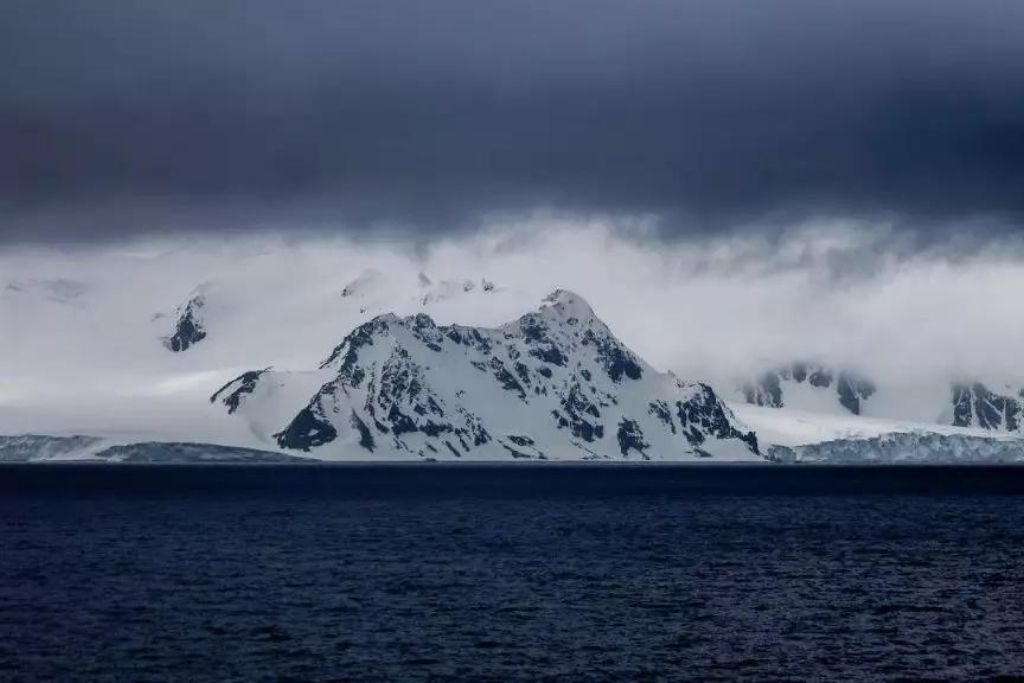Antarctica Travel Guide


Antarctica is one of the most exciting and mysterious destinations in the world! The only continent on the planet that isn’t considered to be inhabited, Antarctica offers travelers a truly once-in-a-lifetime experience. Whether you’re planning your first adventure to this remote and wild continent or are an experienced traveler looking for more information about what to do and see when you get there, this guide is right for you.
We’ll show you how to plan your dream trip to Antarctica, including tourist information, the best places to visit, and simple packing tips.
Antarctica Wild Life: If there’s one thing you’ll never run out of when it comes to Antarctica, it’s wildlife. Penguins, fur seals, whales, and even leopard seals make this continent their home. If you want to get close to penguins in an environment where they are safe and comfortable with humans, we recommend that you visit the Sea Lion Colony at Signy Island on the South Orkney Islands. These cute and curious creatures will come right up to you, seemingly begging for a human touch.
Other standouts on the wildlife front include Adelie penguins at Cape Royds in the Ross Sea; Gentoo penguins at Cuverville Island in Adelie Land; Chinstrap and Adelie penguins Port Lockroy in the Antarctic Peninsula; and Emperor penguins at Inexpressible Island in the Ross Sea (among many other places)
Antarctica Adventure Travel: The continent is the smallest globally, and it’s incredibly isolated and vulnerable to climate change. That said, Antarctica does offer incredible adventures for visitors who are willing to venture off-the-beaten-path.
One of our favorite options in Antarctica is kayaking the coast of the South Orkney Islands. More than 1,200 islands, some as small as eight acres in size, dot this remote archipelago. Adorable South Georgia Island is included in this archipelago because it is a nature preserve managed by the United Kingdom Antarctic Heritage Trust that protects these unique islands from human interference.
You can kayak through crystal clear waters while seeing seabirds and penguins at every turn. A more extreme option for those who are willing to brave the frigid temperatures is ice climbing. In Antarctica proper, mountaineers can make use of the only ice wall in the world. Expeditioners travel to Mount Vinson, which is at an elevation of 16,050 feet, and then reach the summit at 16,050 feet. Climbers use a combination of crampons and ropes to climb the steep vertical face.
Another fun excursion is traveling across dry land on an All-Terrain Vehicle (ATV). While there are relatively few paved roads on this remote continent, you can travel to several locations by ATV. The most popular by far is the route from Union Glacier to Hercules Inlet. If you’re lucky enough to be in Antarctica during the summer months, you can see for miles across the ocean. Summer is the best time of year to visit Antarctica because temperatures at this time range from 20 degrees F during the day to 0 degrees F at night. Plus, most locations will have 24 hours of sunlight during this time period!
Antarctica History: The history of Antarctica is an interesting one, and it’s a story that’s still unfolding. For thousands of years, indigenous peoples lived in this continent without ever knowing that it was inhabited.
In the 15th century, first Norwegians and then British whalers ventured to Antarctica and found no one to speak with or explore. It wasn’t until the 19th century that people started to make contact with the continent. The first person to be on the planet’s southernmost continent was Norwegian explorer Roald Amundsen, who, in 1911, completed his South Pole expedition.
You can follow the footsteps of great explorers and experience firsthand what it was like to be one of the first humans to discover Antarctica.
